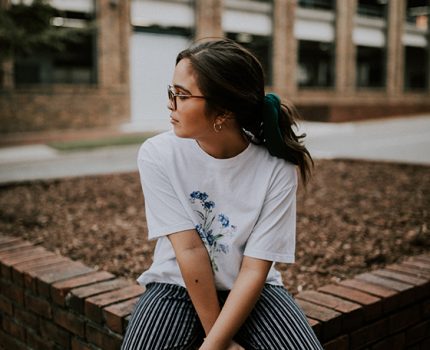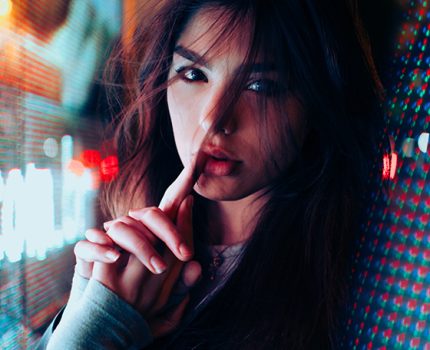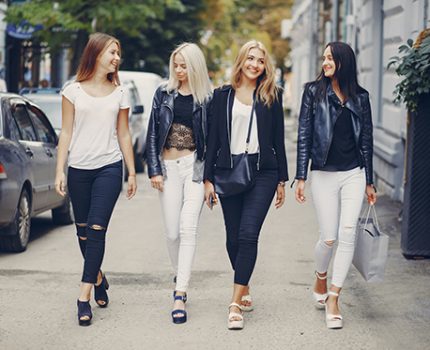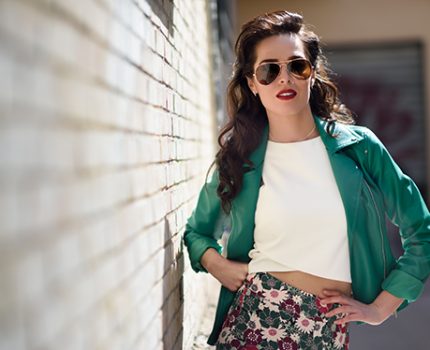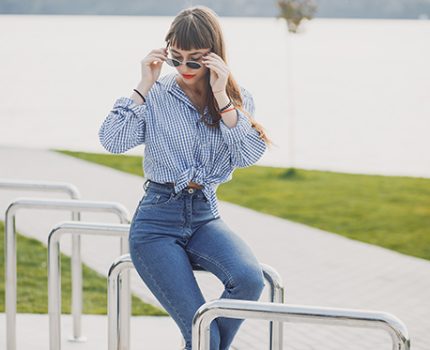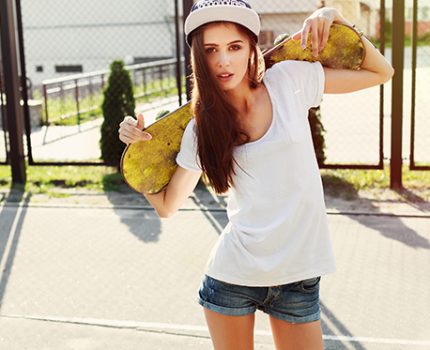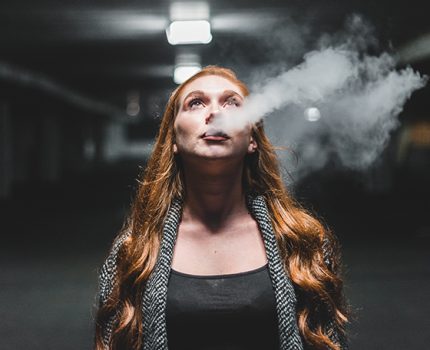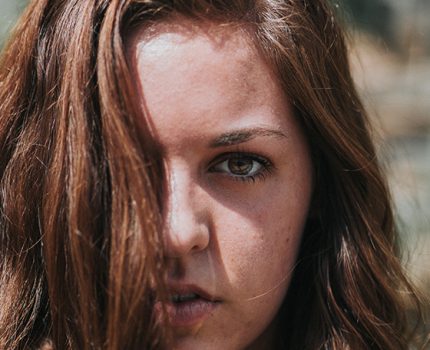Sherlock Holmes: Deductive Costume Design
Sherlock Holmes, Sir Arthur Conan Doyle’s iconic detective, is defined by his keen intellect and distinctive costume, symbolizing British roots and attention to detail. Key elements include the deerstalker hat, representing sharp observation; the Inverness cape, adding mystery; meticulously tailored suits in fine wool or tweed; and practical brogues or leather boots. Iconic props like the magnifying glass and calabash pipe signify his methodical approach and penchant for contemplation. Despite varied adaptations from Basil Rathbone to Benedict Cumberbatch, Holmes’s timeless costume remains a crucial part of his enduring appeal, ensuring he remains the quintessential detective.




